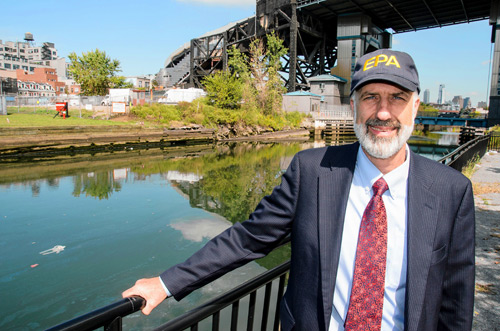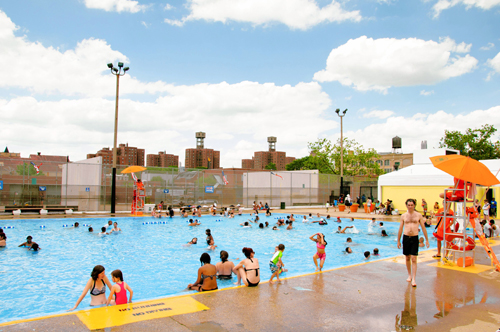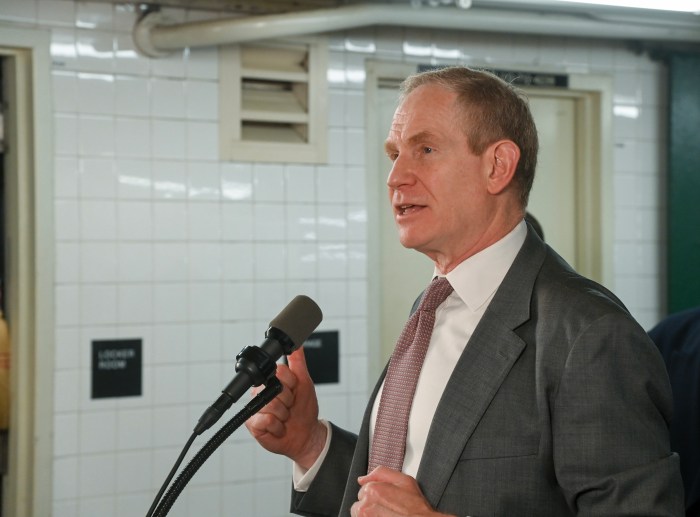The Gowanus Canal Conservancy will be temporarily moving its native plant nursery to a vacant lot beside the Smith-9th Street subway station, pending one last vote by the Metropolitan Transportation Authority.
On Tuesday, the agency’s finance committee voted to allow the Conservancy to use a portion of an MTA-owned vacant lot at 25 Ninth St. for two years as the nursery’s former home, the Salt Lot at Fifth Street and Second Avenue, is under construction. The full board will vote on Thursday, and is expected to follow the committee vote to approve the license. The MTA did not immediately respond to a request for comment.
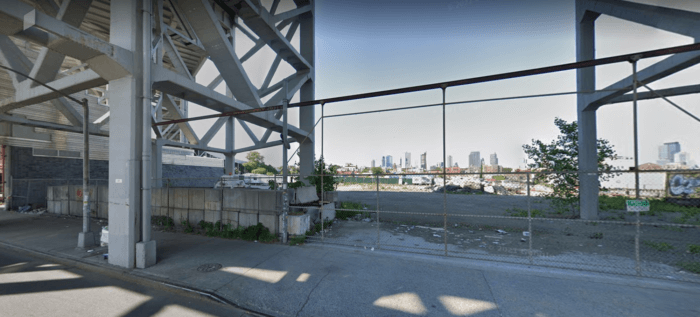
The Gowanus Canal Conservancy is one of a number of organizations and businesses being shifted off the Salt Lot — temporarily or permanently— as the city prepares to construct the Owls Head Combined Sewer Overflow retention tank, one of two such tanks the federal Environmental Protection Agency ordered the city to build as part of the Superfund cleanup of the Gowanus Canal.
At least two organizations, Big Reuse and the city’s Department of Sanitation, will be able to keep their operations running on the lot as construction begins. The Conservancy is planning to move back to its permanent home once construction has wrapped up.
Owls Head and the second, larger tank, Head End, will hold a combined 12 million gallons of sewer overflow during rain events and send that water to treatment plants rather than allowing it to run back into the canal once the federal scrub is completed.
In August, city officials said they would be helping the affected organizations find new, temporary homes and would reimburse them for moving costs. Per the agreement, GCC will be utilizing just over 8,000 square feet of the lot behind the entrance to the Smith-9th Street subway station at just over $10 per square foot, or $80,230 per year. The city will be paying the rent, said Andrea Parker, the executive director of the Gowanus Canal Conservancy, since they are responsible for displacing the nursery from the Salt Lot, which the organization had been using for free.
Construction of the tank is expected to begin next year and wrap up in 2029, but operations to start installing a steel bulkhead along the edges of the peninsula are starting as soon as Monday, Parker said. The Conservancy is planning to move their remaining supplies to the Ninth Street lot on Friday, following the full board vote.
According to the posted agenda for Tuesday’s meeting, representatives from GCC, the MTA, and the agency’s Real Estate arm surveyed the lot to determine a “suitable layout” for the temporary nursery, allowing suitable space for the garden and for MTA operations.
The organization will be permitted to put a tent, a trailer, storage for soil and other equipment, a portable toilet, and a parked van on the site, according to the agreement. All of the plants will be kept above ground in pots and other containers, not rooted into the ground, Parker said.
A waterfront pedestrian esplanade is expected to be built through the lot during the two-year lease period, and the MTA and GCC will modify the lease agreement to make space for that construction when it begins.
“There’s a lot of processes with a lot of agencies involved, but all the agencies have been super supportive on this,” Parker said.
Parker and her team suggested the Ninth Street lot to the MTA and the Department of Environmental Protection, who are primarily responsible for the Owls Head construction. The MTA had already committed to turning the land over to the city to construct the publicly-accessible waterfront esplanade, but, in the interim, it seemed a perfect home for the Conservancy’s plant nursery and educational programs.
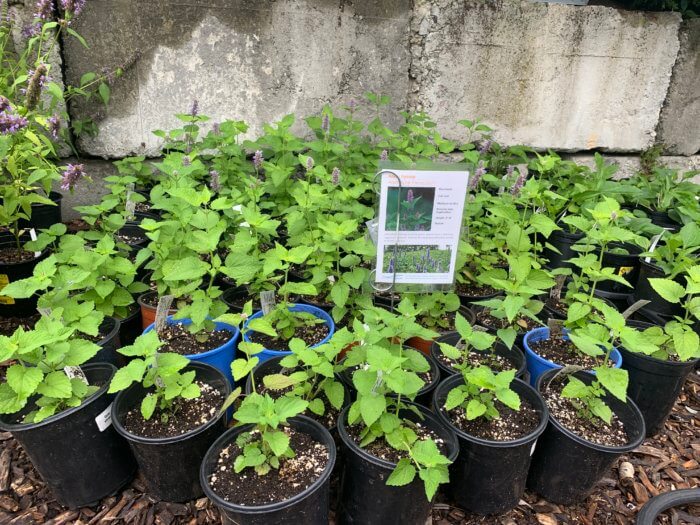
The nursery is home to more than just trees, Parker said, with a host of native flowers, grasses, and other plants proven to grow well in Gowanus and the surrounding neighborhood. Those plants are available to local residents, parks, and even organizations like the Brooklyn Botanical Garden.
Come about mid-March, the nursery will be open to the public again with a variety of plants including milkweed, goldenrod, native Yucca plants, and more. By April, on-site urban ecology and community science classes usually offered at the Salt Lot will be running on Ninth Street.
It’s not clear whether the Salt Lot will be ready to welcome the nursery back once the two-year term is up, or if the Ninth Street location will continue to host the facility until construction is over.
“A lot of that still needs to be determined,” Parker said. “All of the agencies are sort of aware of the issues here, and DEP has committed to, if we do need to move off, supporting us in that move as well. Making sure we have a home until the Salt Lot is complete.”
On Feb. 10, the city held its first public engagement session to hear the community’s idea for the future of the lot, which has been promised to include publicly-accessible open space. Dozens of neighbors attended to suggest things like walking paths, boat launches, and more, and the Conservancy themselves have developed a detailed proposal for the future of the site as part of their Gowanus Lowlands Master Plan.












